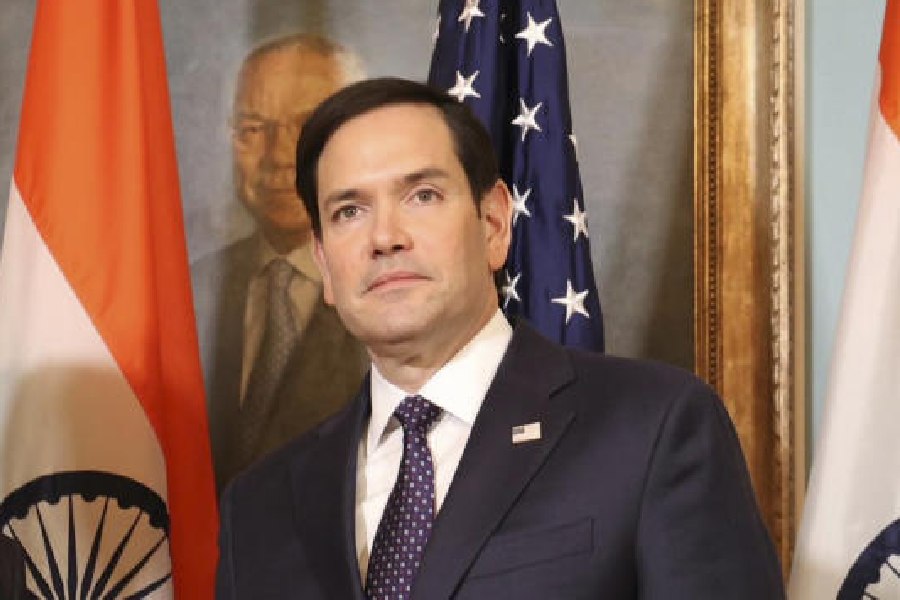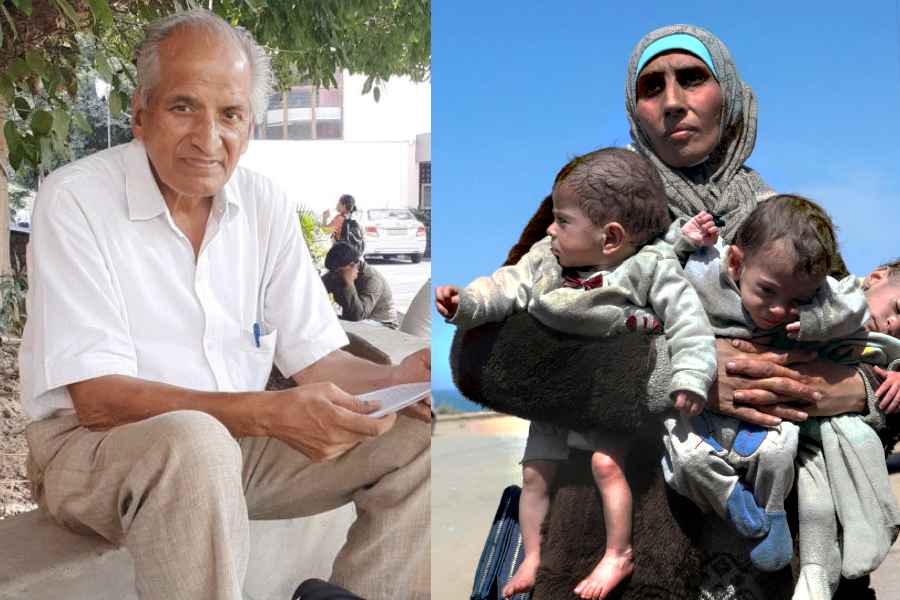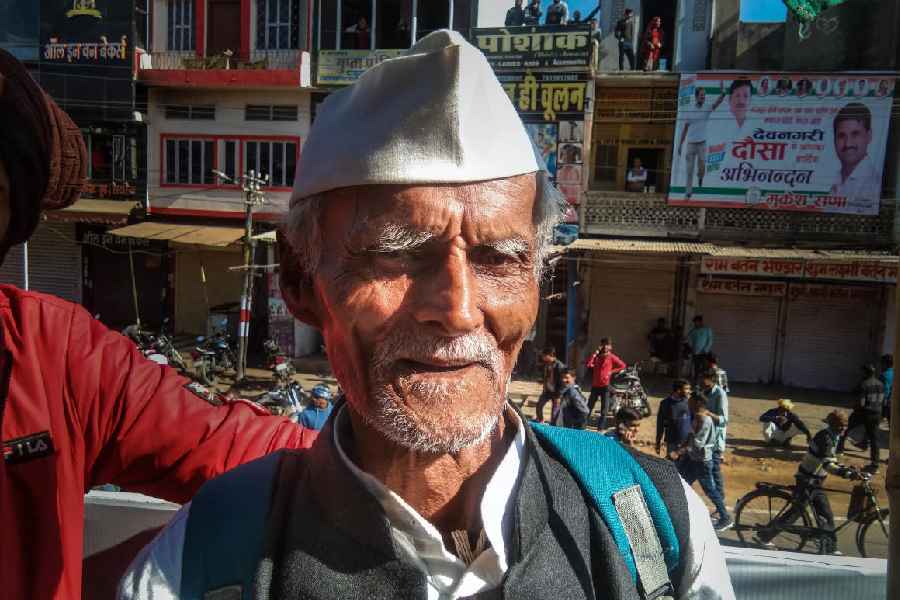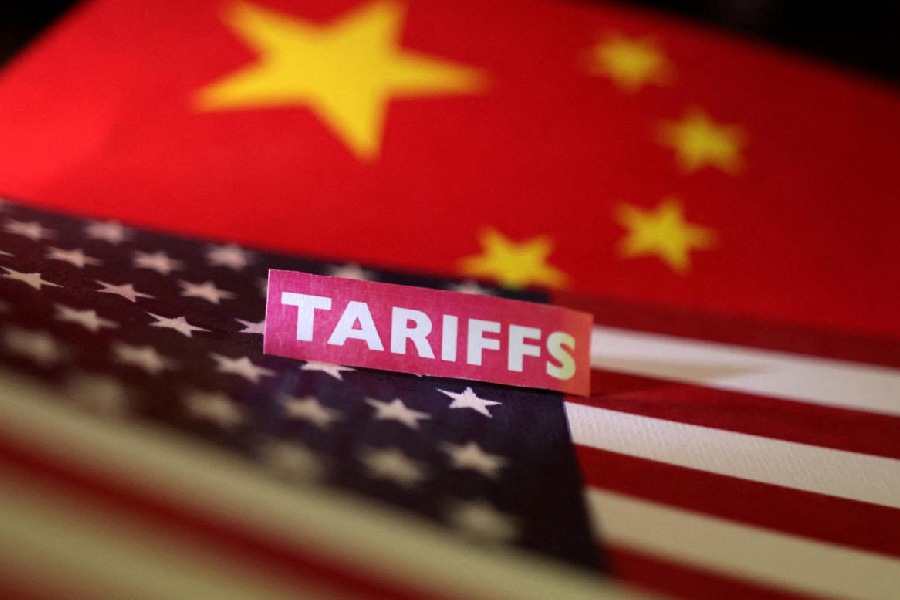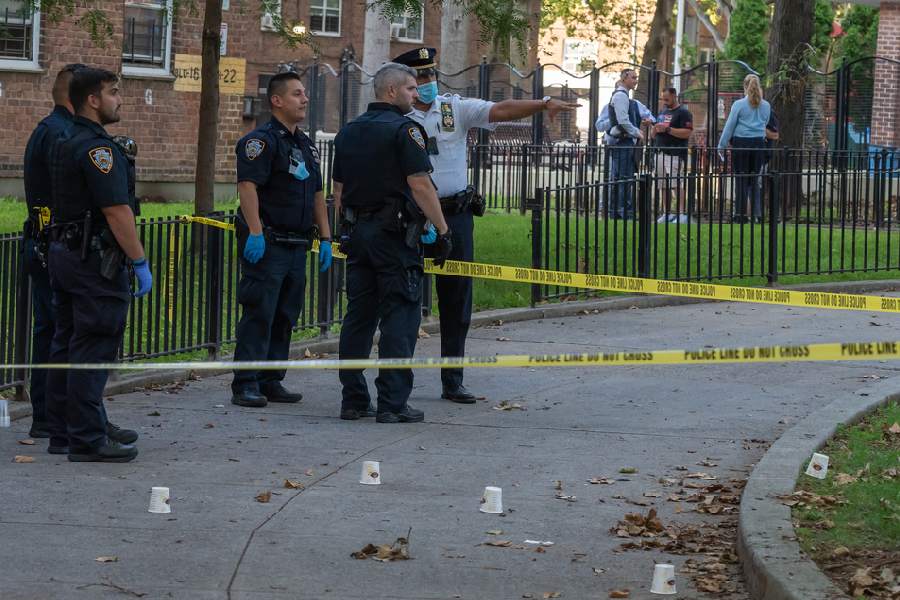 |
 |
 |
 |
| (From top left): An exhibit at the Luxor Museum; the imposing statues of Rameses II at Luxor; a pyramid at Giza; a view of the magnificent columns at Karnak |
Why in the world would you want to go to Egypt for a holiday,? asked Uncleji, bewildered by our choice. We rattled off a handful of reasons like history, culture and, of course, the Pyramids. ?Go to Switzerland or go to Thailand. Why go to the desert to see dead people?? he muttered
That wasn?t the best way to start our holiday and things didn?t improve when we touched down in the Egyptian capital, Cairo. It was 5am when we checked into our hotel and the guide told us that Cairo shuts down early so the tour would leave by 9am. But, I suppose, you can?t get much sleep when there?s 5,000 years of history to cover in a short time.
Let?s get one thing straight first ? there?s heaps to do in Egypt. First, there?s Cairo itself and then there?s Luxor. And, let?s not even mention the wonders around Aswan. We chose to start at the city of Memphis, capital of ancient Egypt. It is around 24km south of modern Cairo and a pleasant drive through fields and villages. The museum here has a giant statue of Rameses II and scores of others. Rameses, one of Egypt?s greatest kings, ruled from 1279 BC to 1212 BC. He lived to be 96 years, had 200 wives, 96 sons and 60 daughters!
An hour and several photographs later we moved on to Saqqara to see the Step Pyramid of Zoser, the world?s oldest stone monument and the first decent attempt at a pyramid.
The next stop is the most famous one of all ? Giza?s three spectacular Pyramids and their guardian the Sphinx. But first we had to satisfy our grumbling stomachs. I had been warned by well-wishers that Egypt ? and, indeed the entire Arab world ? was a hunger-zone for vegetarians. I?m glad to report that my friends and relatives were all wrong. Most of the local cuisine is vegetarian and extremely appetising. I recommend the taamiyya which is basically a falafel sandwich. It?s considered poor man?s food and so costs only around 1 Egyptian Pound (Rs 8) and is available at most street-side eateries. Then there is kushari, a mix of noodles, rice, black lentils, beans and pulses served with a hot tomato sauce. Again this is local cuisine, so it?s not served in fancy hotels but only at local joints. Non-vegetarians can try the stuffed pigeon, an Egyptian delicacy available at most expensive restaurants.
Lunch over, we drove towards Giza and our first glimpse of the Pyramids, only to be knocked out by the magnitude of skill and engineering. The Great Pyramid of Khufu is the oldest and the largest Pyramid at Giza completed around 2600 BC. You can go inside the Pyramid but it?s not advisable if you are even slightly claustrophobic.
There?s a hill half-a-mile away which is a great spot to view the three architectural wonders ? the Pyramid of Khufu, Pyramid of Khafre and Pyramid of Menkaure. Also, there?s the Sphinx which stands in front of the Pyramid of Khafre and is carved almost entirely from one large piece of limestone.
Giza took us by surprise in one way. There were no old men selling postcards or photographers promising trick photography showing you holding the Pyramids or sitting on the Sphinx. In fact, there were no professional photographers and for once, we missed them as with our small camera, it was impossible to capture the sheer size of the Pyramids. We ended the evening by going for the sound and light show at the Pyramids, rated one of the world?s best. The sound system is terrific and you feel transported to an era gone by. The Egyptian government knows it?s onto a good thing here and charges $30 per head.
A trip to Cairo is incomplete without a visit to the Egyptian museum where the star attractions are the Tutankhamun Galleries and the Royal Mummy Room. Like everything else in Egypt, the museum, with its 100,000 historical relics, can be a bit overpowering so it?s best to get your priorities clear. Even the Tutankhamun Galleries has 1,700 exhibits and there?s gold everywhere. You have to buy a separate ticket for 70 Egyptian Pounds to enter the Royal Mummy Room, housing the bodies of 11 of Egypt?s most illustrious Pharoahs and queens including Ramses II.
Another key attraction in modern Cairo is the great Khan al-Khalili bazaar, where there are some real bargains to be had. Take a look at paintings made on papyrus which are sold with certificates stating that the papyrus is original and not dried banana leaf.
Egypt is an extremely tourist friendly country ? even if the terrorists would like to change that. In fact, Indians have an advantage because the Egyptians love us ? or rather they love Amitabh Bachchan. The first time an Egyptian store-owner asked if we knew Amitabh Bachchan, we thought we?d heard wrong. But then he started pulling punches in the air and making dhishoom-dhishoom sounds. After that it became a ritual. Everywhere we were asked if we were Indians and if we knew the Big B. A gift shop owner who was a big fan even gave us a big discount on our purchases. So here?s a tip: carry a few Amitabh Bachchan postcard pictures and who knows: you might be able to strike some good deals.
From Cairo, the next stop is Luxor. If Cairo offers a glimpse of the Old Kingdom, Luxor is the Middle Kingdom and the New Kingdom. No visit to Egypt is complete without a visit to this tiny town which is commonly known as the world?s largest open-air museum, a time capsule of a glorious, long-gone era.
The first stop is definitely the Temple of Karnak, possibly one of the most overwhelming monuments created by the Pharoahs. Work at Karnak went on for almost 1,500 years with each king adding to the Temples. Though the styles vary a lot, they all share the same focal point ? the Theban triad of Gods, the father Amun-re, mother Mut and their son Khonsu.
The temple?s most amazing feature is the Hyppostyle Hall consisting of 134 stone columns meant to look like papyrus trees. We went for the light and sound show in the evening which takes you through the temple and is a crash course in the New Kingdom?s history.
Then, there?s the slightly smaller Luxor Temple built largely by the New Kingdom Pharoah Amenhotep III. Anywhere else in the world, it would be a star attraction but here it pales by comparison to Karnak.
There?s more to see in Luxor than in most countries around the world. So, our next stop was the Valley of the Kings followed by the Valley of the Queens. The Valley of the Kings is where the Pharoahs were buried and hoped to meet their Gods in the afterlife. At the Valley of the Queens, the queens and their children were buried. Tutankhamun? s tomb in the Valley of the Kings and Nefertari?s tomb in the Valley of the Queens are supposed to be stunning but both were being restored.
En route to the Valley of the Kings, we stopped at the Colossi of Memnon which consist of two 75 feet high stone statues, the only remains of the temple built by Amenhotep III. Both statues have been damaged over the centuries, but are still very impressive.
The Funerary Temple of Queen Hatshepsut, one of the better known queens of Egypt was constructed in the 15th century BC. It is a masterpiece of design rising out of the desert plain in a series of terraces and merges with the sheer limestone cliffs of the Theban mountain behind it. Unfortunately, it was desecrated and vandalised by her successor, Tuthmosis III.
Unlike Cairo, Luxor has a lovely promenade along the Nile and after a day?s sightseeing it?s nice to just walk along or sit on one of the numerous benches and day dream. You can also take a tour of the city in a horse carriage. It?s cheaper than taking a taxi and adds to Luxor?s flavours of the past.
Card games
 |
 |
 |
Indians were, once upon a time, the world’s most impecunious travellers, allowed to take only $8 even when they went to the most distant corners of the globe. Today all that is behind us. In fact, we’ve even moved past the days of converting large amounts of money into dollars or carrying travellers’ cheques when we go abroad.
With the rapid growth of global banking networks and ATMs in any self-respecting city, and the ubiquity of Visa and Mastercard, you needn’t carry more than loose change when travelling to a foreign country. Most shops, even in developing nations, especially those used to a good flow of tourist traffic, will accept Visa and Mastercard credit cards and some will even accept debit cards.
But, not many of us used to throwing our credit cards around in India are aware of the financial nitty-gritty involved in using them abroad. For instance, if you change money in India before you leave, it is up to you to decide whether you want to accept the offered exchange rate or not, but using credit cards means you have to accept the exchange rate being given by the bank. Also, were you aware of the fact that credit card companies usually add on as much as 2 per cent for processing transactions made abroad, so it’s advisable to limit the number of transactions made with your credit card abroad?
And yes, using plastic money is not without risks, and this is truer for the international traveller. The convenience of credit and debit cards is being capitalised on by identity thieves, who, after getting their hands on your credit and ATM cards, cheques and other personal financial information can wreak both short and long-term havoc on your bank accounts and credit reputation.
Banks list certain countries as high-risk countries for credit card fraud and identity theft. Before you travel, it would be wise to call your bank and find out if the country or countries you are travelling to are included in this list. Most lists include several south-east Asian nations such as Indonesia, Malaysia and Thailand, African ones such as Nigeria, Ghana and Egypt, and some Eastern European countries.
While travelling abroad, while theft is the most obvious form of credit and charge card fraud, fraud occurs in other ways, as well. For example, someone may use your card number (and not the card itself) without your permission. This can happen in a number of ways. Gangs that run credit card rackets may rifle through trash or ATM dustbins to find discarded receipts or carbons to use the card numbers illegally. While handing over your card at a till, a dishonest clerk can make an extra imprint from your card for personal use.
Before you travel, it would be wise to note down your card numbers, their expiration dates, and the phone number and address of each company in a secure place. While making purchases, try to keep your card in view, whenever you can, after you give it to a clerk and retrieve your card promptly after using it. Avoid signing a blank receipt, whenever possible. Draw a line through blank spaces above the total when you sign card receipts.
Also, avoid using your credit card to make international calls through public telephone booths, though most countries now have this system in place and it may seem tempting to do so to save yourself the bother of buying phone cards. Credit card numbers are easily traced through the phones and can land you in trouble.
Sometimes, the problem is slightly different. You may notice that after using your perfectly valid credit card a few times in a foreign country, it starts getting rejected. This may happen because your bank, which scans patterns of purchase, is alerted to the fact that the card is being used outside of the normal area of use or the amounts seem higher than usual. This may happen even within India, but in that case the bank is able to call you to confirm whether you have indeed made the purchases. While you are abroad, this may not be possible and they may bar your card to evade the risk of theft.
To avoid this, it is best to call your bank before you travel to inform them of your plans and find out their rules regarding use of credit cards. If your mobile phone is going to be operational, it’s best to inform them of this so that they can call you in case of doubt. Give the dates you’re planning to be abroad, and the countries you’re visiting.
It may be a good idea to carry more than one credit/debit card and also have alternatives for payment in hand. If you are wary of carrying too much cash, take along some travellers’ cheques, just in case. Banks also advice customers to ensure that their bills are in order after returning home and report any discrepancies immediately. And some banks automatically issue fresh cards after the existing card has been used in certain countries, so don’t be startled to get a call saying your card has been temporarily invalidated or if you find it has stopped working a few days after your return. It’s all part of the process to ensure you don’t end up paying for things you have not had the good fortune to enjoy.
My favourite holiday
 |
SHANKAR MAHADEVAN,
singer
As an artiste, I get to travel a lot so we regularly go on holidays. I’ve had lots of memorable holidays and my favourite destinations are Goa and Kerala. My wife, Sangeeta, and my sons, Siddhartha and Shivam, and I had a great holiday at the Kumarakom resort, one of the finest lake resorts in the country. The suite we stayed in was completely in wood and done in the style of the old Kerala homes. It had a private swimming pool which shared a common wall with the adjoining lake.
Abroad, we’ve always enjoyed New York for the sheer buzz and shopping. But a few months ago, we had the most fantastic holiday in New Zealand — I had a small concert there after which we took a break for 15 days. We hit Queenstown and some other places, where 80-85 per cent of the land is virgin. Then, we took a ride on these shot-over jets, high-speed boats. We even took a chopper ride from Queenstown — after 20 minutes you just land on this glacier. It’s just you, your family and the pilot, and there’s this white landscape all around. You feel like you’ve reached heaven. It’s like being on top of the world
Route map
• Malaysian Airlines is throwing in some enticing offers to attract passengers. Between September and the year end, passengers travelling in twos or more will be rewarded with a complimentary 3-night stay at a star category hotel in one of eight select destinations in Malaysia. The only catch is that there must be at least two people travelling together to enjoy Malaysian hospitality (and breakfasts) gratis.
The package can be enjoyed on both Economy and Business Class and for a fare of as little as Rs 15,500. The places where you can chill out in Malaysia? That will be Kuala Lumpur, Penang, Genting Highlands, Malacca, Kuantan, Kuching, Langkawi and Kota Kinabalu. Two destinations at the cost of one! Any takers?
• If you thought that the local youth hostel was your only option for cheap lodging when you travelled abroad, think again. Travel site traveljini.com is offering 2 to 4-night accommodation packages to South-East Asia ranging from $49 (Rs 2,156 at Rs 44 to a dollar) to $99 (Rs 4,356) a head on a twin-sharing basis.
For instance, there are 3-day 2-night packages to Bali, KL, Pattaya and Singapore at $49 a head. Then there’s a 5-day 4-night package to Bangkok and Pattaya for $89, a 4-day 3-night package to Malaysia for $99, and a 4-day 3-night package to Singapore for $99.
The packages are for stays in three-star hotels and cover basics such as hotel tax, airport transfers and breakfast and in some cases, sightseeing tours as well.


